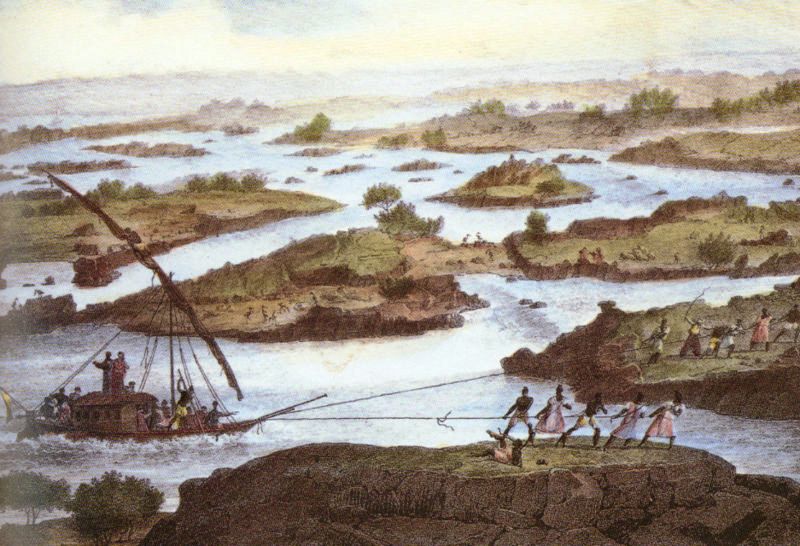The River Nile wasn’t only a source of great mythology. It was a significant scientific site, by which ancient Egyptians created their Calendar. The rising of the Sirius star towards the East was the sign of the Nile Flood, namely on August 15th of the modern calendar, and the flood was in turn the beginning of the new ancient Egyptian Year.
The ancient Egyptian year is divided into three seasons: flooding, planting and harvesting, each taking four months. Due to the importance of the Nile flood, ancient Egyptians created two Nile-meters to measure water levels in Aswan.
According to ancient mythology, the Nile flood is none other than the tears of Isis, who was mourning the death of her beloved husband Osiris, whilst trying to put together his body parts that were shredded to pieces by his evil brother Seth.
This date also commemorated the marriage of the ancient Egyptian Gods: Amoun (creator deity, often affiliated with the sun), Mut (mother goddess) and their son Khonso (moon god).
On this occasion, Egyptians have never thrown a human sacrifice into the Nile (often referred to as the ‘bride of the Nile’). On the contrary, they would send wooden dolls of Amoun, Mout and Khonso, as well as the current Pharaoh, and let them sail to Karnak against the tide so they would reach the source of the Nile (the origin of the flood) as a gesture of gratitude, respect and hope for the sustenance of prosperity.’
Today, and as their great ancestors did, Egyptians still celebrate the Nile Flood day, as they prepare boats designed in Pharonic style, sailing on the river waters, with flowers, joyful chants and dances, colorful costumes, thanking their great river for his loyalty, and promising the same in great love.


